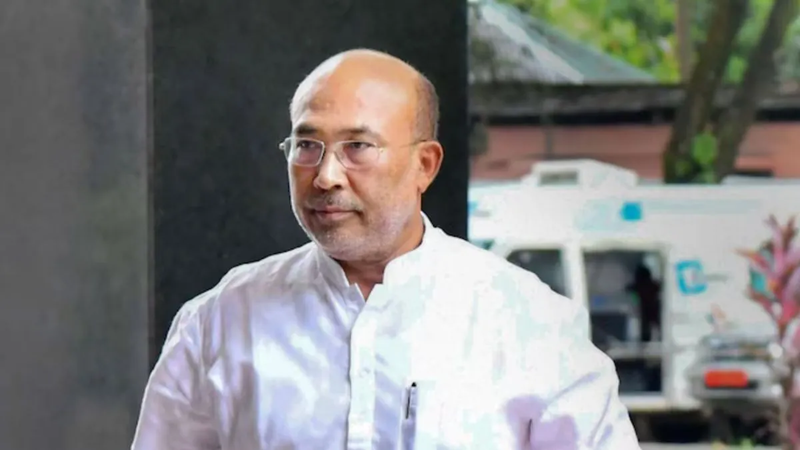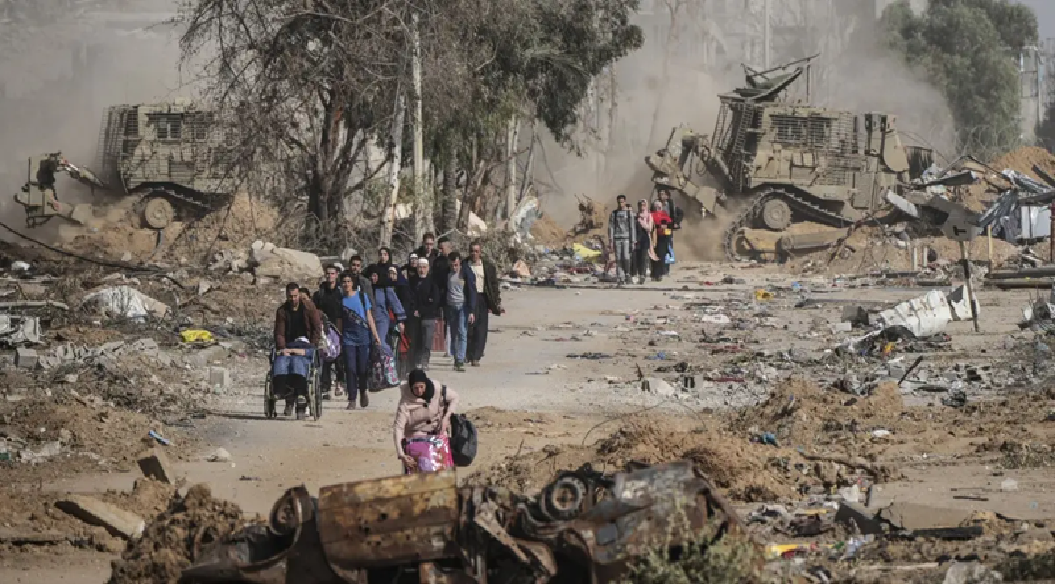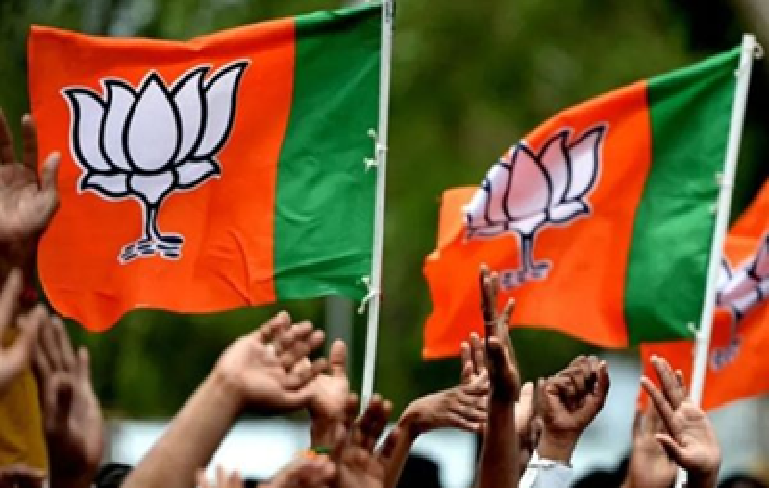
AFSPA: Not of the people... or for the people at all!
The very existence of the Armed Forces (Special Powers) Act undermines constitutional principles such as the right to life and liberty
Ipsita Chakravarty
The killing of civilians by military personnel in Nagaland’s Mon district has focused attention, once again, on the Armed Forces (Special Powers) Act. A wide range of constituencies – the chief ministers of Nagaland and Meghalaya, political parties, Naga armed groups, civil society organisations and tribal bodies – have renewed an old demand for the repeal of the law. Without the sweeping powers and protections guaranteed to armed forces under the law, it is argued, they would not have shot and killed so easily. This weekend’s tragedy has revealed a fact often obscured by the patina of peace talks and ceasefires, the promises of economic development trotted out by the central government and the bustle of cultural festivals. The states of the North East remain heavily militarised zones. Tanks and armoured vehicles patrol most major towns in the region. Military and paramilitary camps lie scattered across its hills and valleys. Most of its residents carry memories of state violence – crackdowns, disappearances, torture, shootings.
Siege without end
The Armed Forces (Special Powers) Act was rolled out in 1958 as Naga nationalist groups took up arms against the Indian state to fight for a sovereign ethnic homeland. The law initially applied to the Naga-inhabited areas of Assam and Manipur. It was later expanded to most parts of the North East, as multiple armed movements for ethnic self-determination gained ground. Having been tested in the states of the North East, a new iteration of the Armed Forces (Special Powers) Act was imposed on Kashmir in 1990.
The law allows the government to declare “disturbed areas” and grant executive powers to the armed forces in such places. The disturbed area notification is meant to be reviewed every six months. Tripura and the parts of Meghalaya brought under the auspices of the law shed the disturbed area tag after years. In Nagaland, Assam, most of Manipur and parts of Arunachal Pradesh, the “disturbed area” notification has been renewed as a matter of course, despite militant groups signing ceasefires with the government, peace talks and fewer incidents of militant violence.
In effect, critics point out, much of the region has been in an undeclared state of Emergency for decades, with basic rights suspended in the name of security. Armed forces may conduct searches and make arrests without warrants, and open fire if it is considered necessary for the maintenance of public order.
They may do so with a degree of immunity, as the law protects armed forces personnel from civil prosecution unless it is sanctioned by the Centre. Most cases disappear into martial courts whose processes and decisions are opaque to the public. There have been few prosecutions for state excesses in disturbed areas.
It is not yet clear which way the Mon tragedy will go. While the Nagaland police have filed a first information report and the Centre has announced a special investigating team that will submit its report in 30 days, the army has also announced its own court of enquiry. Past record is not heartening: despite FIRs, magisterial inquiries and police probes, the armed forces have often announced their prerogative to investigate and prosecute such cases and whisked them out of the mainstream justice system.
The Armed Forces (Special Powers) Act, and the human rights violations it enabled, has become its own reason for mobilisations against the state. The Mon killings now join the Kohima shooting of 1995, the Malom massacre of 2000, the rape and murder of Thangjam Manorama Devi in 2004 as landmark incidents of state violence against civilians in the North East. For years, civil society groups demanding probes into these cases and the removal of the Armed Forces (Special Powers) Act have tried to hold the state to its own professed democratic credentials.
A fraying peace
Among other things, the December 4 attack reveals the limits of the Centre’s political engagement with armed groups in the North East. From the late 1990s, the central government had cobbled together ceasefires or suspension of operation agreements with various armed groups. Having crushed the armed movements with force, it invited militant groups for talks. Just the Naga peace talks reveal the brittleness of this process.
Over two decades of talks have not yielded a political solution. In 2015, the government signed a secretive framework agreement for a final political settlement with the National Socialist Council of Nagalim (Isak-Muivah faction), the largest Naga armed group. Other Naga militant factions soon joined these talks, which were to have concluded by 2019. But a final settlemen
 English daily published in Bengaluru & Doha
English daily published in Bengaluru & Doha






